When it comes to Sea Freight From China to Spain, businesses and traders must navigate a complex logistics landscape. This method of transportation is both cost-effective and reliable, making it an ideal choice for importing goods across vast ocean distances. Understanding the intricacies of maritime transport, from selecting the right shipping routes to knowing the major ports involved, can significantly enhance the efficiency of your shipping operations. In this blog, we will delve into the key aspects of sea freight, providing insights that could help you make informed decisions for your logistics needs.
Related Article : Shipping From China To Spain
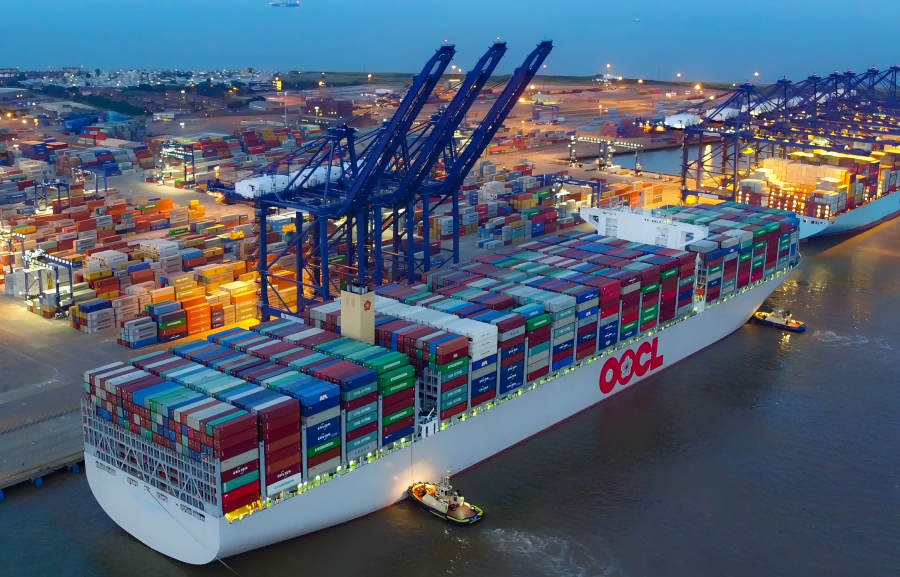
Key Ports
Major Ports in China
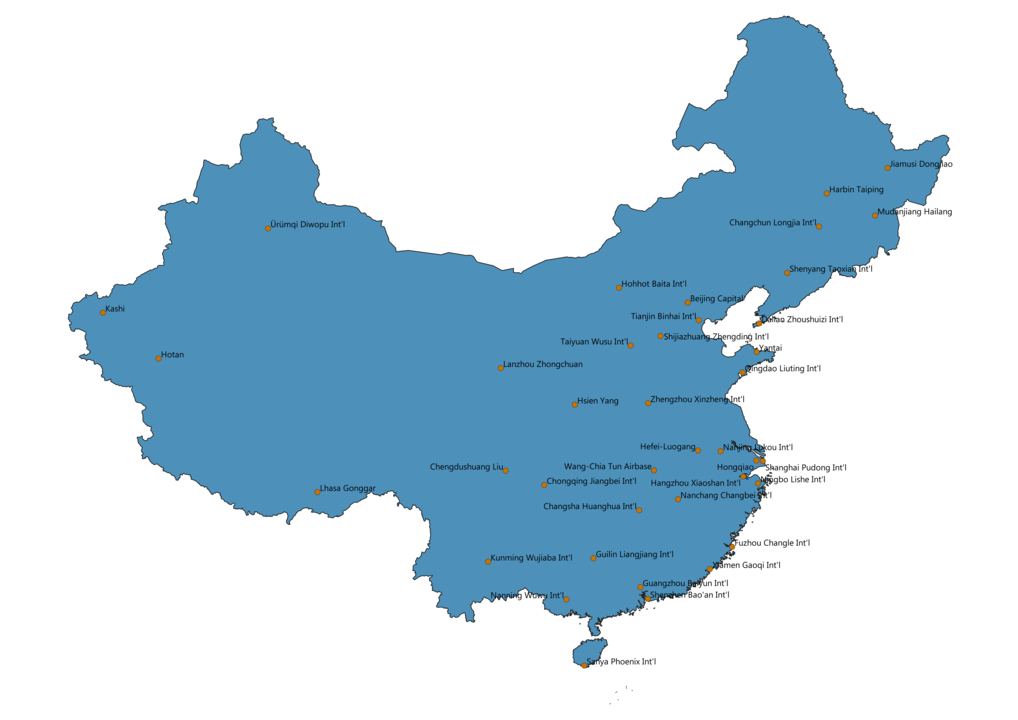
China is home to some of the busiest ports in the world, which play a crucial role in Ocean Freight. Here are some of the major ports involved in shipping to Spain:
- Shanghai: The largest port in China and a major global shipping hub, offering extensive services and connections.
- Shenzhen: Known for its proximity to Hong Kong, Shenzhen is vital for shipping electronics and consumer goods.
- Ningbo: A deep-water port that handles a significant volume of container traffic.
- Guangzhou: Located near the Pearl River Delta, this port is essential for trade in southern China.
Main Ports in Spain
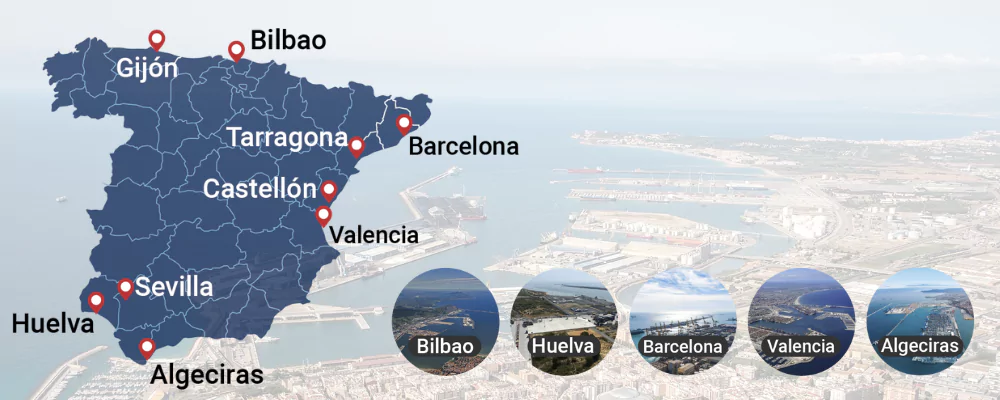
Spain also boasts several key ports that facilitate smooth import operations:
- Port of Valencia: The largest container port in Spain, known for its advanced facilities and efficiency.
- Port of Barcelona: A major Mediterranean port that handles a variety of cargo, making it a gateway for goods entering Europe.
- Port of Algeciras: Strategically located near the Strait of Gibraltar, it is a crucial transshipment point.
- Port of Bilbao: This northern port is essential for trade with the rest of Europe, particularly for industrial goods.
3. Shipping Routes and Transit Times
Common Shipping Lanes
The primary shipping lanes from China to Spain typically follow the following routes:
- Trans-Pacific Route: Connecting Chinese ports directly to European destinations, often via major transshipment hubs like Singapore or Hong Kong.
- Trans-Suez Route: Goods are shipped through the Suez Canal, connecting Asia with Europe, making it a popular choice for many traders.
Average Transit Times for Different Routes
Transit times can vary based on the route taken and the shipping line used. Here is a general overview:
| Route | Average Transit Time |
|---|---|
| Shanghai to Valencia | 30-35 days |
| Shenzhen to Barcelona | 28-32 days |
| Ningbo to Algeciras | 30-36 days |
| Guangzhou to Bilbao | 32-38 days |
Factors Affecting Transit Times
Several factors can influence the shipping duration:
- Weather Conditions: Adverse weather can cause delays.
- Port Congestion: Busy ports may experience delays in loading and unloading.
- Customs Clearance: Efficient customs processes can expedite delivery; however, any delays in clearance procedures can extend transit times.
- Shipping Line Schedules: Different carriers may have varying schedules and reliability.
By understanding the shipping routes, major ports, and factors affecting transit times, you can optimize your logistics strategy for importing goods from China to Spain. If you’re looking for a reliable freight forwarding partner to assist with your shipping needs, consider Dantful International Logistics. We provide a highly professional, cost-effective, and high-quality one-stop international logistics service provider for global traders.
Read More:
- Shipping From China To Netherlands
- Shipping From China To Spain
- Shipping From China To Germany
- Shipping From China To France
- Shipping From China to Italy
- Shipping From China To Poland
- Shipping From China to United Kingdom
Types of Sea Freight Services
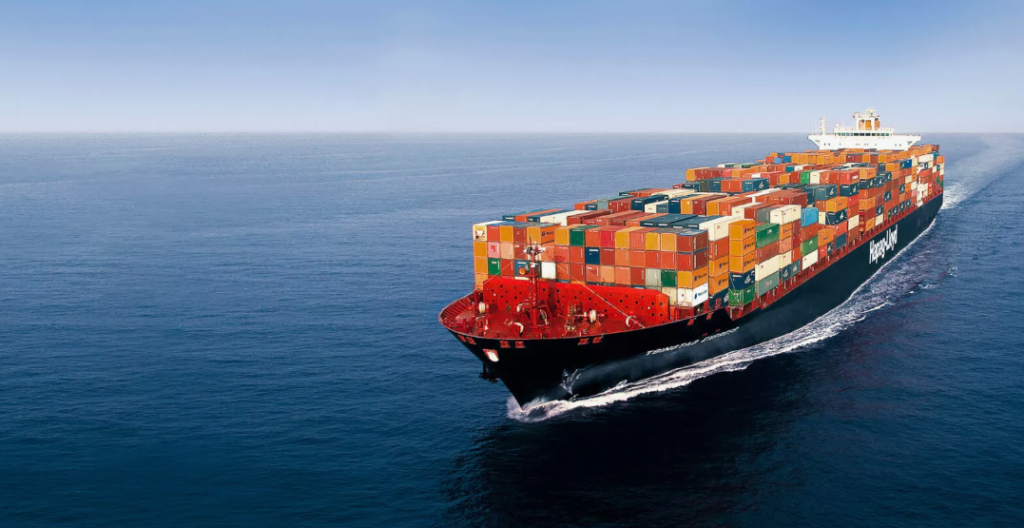
When choosing Sea Freight From China to Spain, it is essential to understand the different types of shipping services available. Each service caters to varied cargo needs, allowing shippers to select the most suitable option for their logistics requirements.
Full Container Load (FCL)
Full Container Load (FCL) is a shipping service where an entire container is exclusively reserved for a single shipment. This option is ideal for businesses that have a substantial volume of goods to transport. FCL offers several advantages:
- Cost-Effectiveness: While the upfront cost may be higher than other options, using a full container often results in lower shipping rates per unit when transporting a large volume.
- Faster Transit Times: With fewer handling processes involved, FCL shipments typically experience quicker transit times compared to Less than Container Load (LCL) shipments.
- Increased Security: Since the container is sealed and only accessed by the owner, FCL offers better protection against theft or damage.
Less than Container Load (LCL)
Less than Container Load (LCL) is a freight service where multiple shipments from different customers are consolidated into one container. This service is suitable for businesses that do not have enough cargo to fill an entire container. Key benefits include:
- Cost Efficiency for Smaller Shipments: LCL is generally more economical for smaller shipments, allowing businesses to pay only for the space they occupy within the container.
- Flexibility: Shippers can send smaller quantities of goods without the need to wait until they have enough to fill a full container, which can be particularly advantageous for small and medium-sized enterprises (SMEs).
- Access to Global Markets: LCL services enable businesses to import goods from China without incurring the high costs associated with FCL.
Break Bulk and Project Cargo
Break bulk shipping refers to transporting individual cargo items or packaged goods that do not fit into standard containers. This type of service is often used for oversized or heavy items, such as machinery or construction materials. Project cargo involves the transportation of large, complex shipments that require specialized handling. Characteristics of these services include:
- Custom Solutions: Break bulk and project cargo shipping often necessitate tailored logistical solutions to accommodate unique cargo dimensions and weights.
- Specialized Equipment: These services may require specialized equipment, such as cranes, flatbed trucks, or heavy-lift vessels, ensuring the safe and efficient transport of goods.
- Expertise in Handling: Working with a freight forwarder experienced in break bulk and project cargo can help mitigate risks associated with transporting oversized items.
Costs and Pricing Factors
Understanding the costs associated with sea freight is critical for budgeting and financial planning. The following sections highlight average shipping rates and various factors influencing costs.
Average Shipping Rates
The cost of sea freight can vary significantly based on several factors, including the type of service chosen, the shipping route, and the volume of goods. Here’s a general overview of average shipping rates for FCL and LCL services from China to Spain:
| Service Type | Average Shipping Rate (USD) |
|---|---|
| Full Container Load (FCL) | $1,200 – $3,500 |
| Less than Container Load (LCL) | $100 – $300 per cubic meter |
| Break Bulk/Project Cargo | Varies widely based on specifications |
Factors Influencing Costs
Several factors can influence the overall cost of shipping from China to Spain:
- Distance and Destination: The further the shipping distance and the complexities involved in reaching the final destination, the higher the shipping costs.
- Container Size: The size of the container (20ft, 40ft, etc.) can directly impact the price.
- Cargo Type: Specific goods that require special handling or compliance with regulations may incur additional costs.
- Market Demand: Fluctuations in the shipping market, often driven by seasonal demand, can affect freight rates.
Additional Fees and Surcharges
Beyond the base shipping costs, shippers should be aware of potential additional fees and surcharges that may apply:
- Fuel Surcharges: These are applied when fuel prices fluctuate, impacting the overall shipping costs.
- Terminal Handling Charges (THC): Fees associated with the handling of containers at the port terminals.
- Customs Fees: Costs related to customs clearance procedures, which can vary based on the value of the goods and their classification.
- Insurance: While optional, many businesses choose to insure their cargo to protect against loss or damage during transit.
By understanding the types of sea freight services and the costs involved, you can make informed decisions that best fit your logistics needs. For a reliable partner in navigating these complexities, consider Dantful International Logistics, which offers a comprehensive range of services tailored to your shipping requirements.
Dantful International Logistics Services:
- Dantful Ocean Freight Services
- Air Freight From China
- Amazon FBA Freight Forwarding
- WAREHOUSE Services
- One-Stop Customs Clearance Solution
- Cargo Insurance Services in China
- DDP Shipping Services By Dantful Logistics
- Out of Gauge Cargo Transportation Shipping Services
Documentation and Customs Requirements
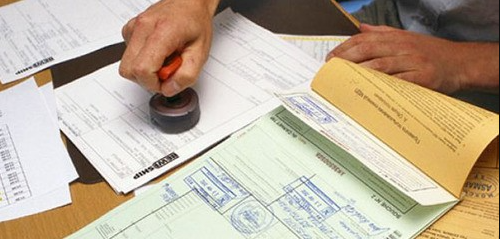
When importing goods via Sea Freight From China to Spain, understanding the necessary documentation and customs requirements is paramount for ensuring smooth logistics operations. This section explores the essential shipping documents, the customs clearance process in Spain, and the associated import duties and taxes.
Essential Shipping Documents
Several key documents are required for shipping goods from China to Spain. These documents facilitate the customs clearance process and ensure that your cargo is compliant with international regulations. Essential shipping documents include:
- Bill of Lading (B/L): A legal document issued by the carrier that serves as a receipt for the cargo and details the terms of the shipment.
- Commercial Invoice: A document that outlines the transaction between the buyer and seller, including a description of the goods, quantities, and pricing.
- Packing List: This document provides detailed information about the shipment’s contents, including weight, dimensions, and number of packages.
- Certificate of Origin: A document certifying the country of origin of the goods, which can affect duty rates and compliance with trade agreements.
- Insurance Certificate: While optional, this document provides proof of insurance for the cargo during transit.
Customs Clearance Process in Spain
The customs clearance process in Spain involves several steps to ensure that imported goods meet regulatory requirements:
- Submission of Documents: Importers must submit required documentation to Spanish customs authorities, including the Bill of Lading, Commercial Invoice, and Packing List.
- Customs Declaration: A customs declaration form must be completed, detailing the nature of the goods, their value, and any applicable tariff codes.
- Customs Inspection: Customs officers may inspect the goods to verify compliance with regulations and documentation.
- Payment of Duties and Taxes: Once cleared, importers must pay applicable import duties and taxes before the goods can be released.
- Release of Goods: After fulfilling all customs requirements, the goods are released for delivery to the final destination.
Import Duties and Taxes
Import duties and taxes are levied on goods entering Spain, which can significantly affect the overall cost of your shipment. These can include:
- Customs Duties: Tariffs imposed on specific goods based on their classification and origin. Rates can vary widely depending on the product category.
- Value Added Tax (VAT): A tax applied to most goods sold in Spain, typically calculated based on the total value of the goods, including any applicable customs duties.
- Excise Duties: Additional taxes that may apply to specific goods, such as alcohol or tobacco products.
Importers should familiarize themselves with the applicable duties and taxes to ensure compliance and avoid unexpected costs.
Challenges and Considerations
Shipping goods from China to Spain can present various challenges and considerations that importers must navigate. Understanding these challenges can help businesses better prepare and mitigate potential disruptions.
Port Congestion Issues
Port congestion is a common issue that can lead to delays in shipping schedules. High volumes of cargo, limited infrastructure, and labor shortages can contribute to bottlenecks at major ports, impacting the timely delivery of goods. Importers may need to account for potential delays in their logistics planning.
Seasonal Fluctuations in Demand
Seasonal fluctuations in demand can lead to spikes in shipping volumes, particularly during peak seasons like holidays or back-to-school periods. During such times, shipping rates may rise, and securing space on vessels can become more challenging. Importers should plan their shipments accordingly to avoid disruptions.
Weather-Related Delays
Adverse weather conditions, such as storms or heavy fog, can impact shipping schedules and transit times. Importers should stay informed about weather forecasts and potential disruptions in maritime operations, which may affect their shipment timelines.
Choosing a Freight Forwarder
Selecting a reliable freight forwarder is crucial for ensuring that your logistics operations run smoothly. A professional freight forwarder can provide valuable expertise and support throughout the shipping process.
Importance of Selecting a Reliable Partner
A dependable freight forwarder can help navigate the complexities of international shipping, including documentation, customs clearance, and logistics planning. They can also provide insights into market conditions and offer tailored solutions to meet your specific needs. Working with a reputable partner can mitigate risks and enhance efficiency in your supply chain.
Key Factors to Consider When Choosing a Forwarder
When selecting a freight forwarder for your sea freight needs, consider the following key factors:
- Experience and Expertise: Look for a forwarder with extensive experience in handling shipments from China to Spain, as they will be familiar with the relevant regulations and requirements.
- Range of Services: Choose a forwarder that offers a comprehensive suite of services, including customs clearance, warehousing, and insurance.
- Reputation and Reliability: Research the forwarder’s reputation within the industry and seek reviews or testimonials from previous clients.
- Communication and Support: Ensure that the forwarder provides clear communication and support throughout the shipping process, keeping you informed of any updates or issues that may arise.
By considering these factors and collaborating with a professional freight forwarder, you can optimize your sea freight operations and ensure the successful import of goods from China to Spain. Dantful International Logistics is well-equipped to assist you with your shipping needs, offering a highly professional, cost-effective, and high-quality service tailored to your requirements.
Best Practices for Efficient Shipping
To enhance the efficiency of Sea Freight From China to Spain, implementing best practices in shipping logistics is essential. These best practices not only streamline the shipping process but also reduce the risk of delays and other complications.
Proper Packaging and Labeling
Effective packaging and labeling are crucial for ensuring that goods arrive at their destination safely and in compliance with regulations. Here are some best practices:
- Use Durable Packaging Materials: Select materials that are suitable for the nature of the cargo, providing adequate protection against damage during transit. This may include sturdy boxes, pallets, or custom crates for fragile items.
- Label Clearly and Accurately: Ensure that all packages are labeled with clear, accurate information, including the contents, destination address, weight, and any specific handling instructions. This helps prevent confusion during shipping and customs clearance.
- Follow International Packaging Standards: Adhere to international packaging and labeling standards to ensure compliance and facilitate smooth customs clearance. This may involve meeting specific requirements for hazardous materials or sensitive goods.
Cargo Insurance Options
Securing cargo insurance is a critical step in protecting your shipment against loss or damage during transit. Consider the following options:
- All-Risk Insurance: This comprehensive policy covers a wide range of risks, including theft, damage from external factors, and natural disasters.
- Named Perils Insurance: This policy covers specific risks outlined in the policy agreement. It is generally more cost-effective but may leave certain types of damage unprotected.
- Customizable Insurance Options: Many insurance providers offer customizable policies that allow businesses to tailor coverage based on their unique cargo needs and risk assessments.
Investing in cargo insurance can provide peace of mind and financial protection against unforeseen circumstances.
Tracking and Visibility Solutions
Implementing tracking and visibility solutions helps importers monitor their shipments in real-time and enhances supply chain transparency. Here are some key aspects to consider:
- Use of Technology: Leverage tracking software and GPS technology to monitor the location and status of cargo throughout the shipping process. This allows businesses to stay informed about any delays or issues that may arise.
- Provide Regular Updates: Maintain clear communication with your freight forwarder to receive updates on shipping status, estimated arrival times, and any potential disruptions.
- Customer Access to Tracking: Many logistics providers offer tracking portals where customers can access real-time information about their shipments, improving customer satisfaction and transparency.
FAQs
To help address common concerns and queries about Sea Freight From China to Spain, here are some frequently asked questions:
What is the typical transit time for sea freight from China to Spain?
The average transit time for sea freight from major Chinese ports to Spain is generally between 28 to 38 days, depending on the shipping route and service type selected.
How are shipping costs calculated?
Shipping costs can vary based on several factors, including the shipping service (FCL or LCL), the size and weight of the cargo, the distance to the destination port, and any additional fees or surcharges involved.
What documents do I need for customs clearance in Spain?
Key documents required for customs clearance in Spain include the Bill of Lading, Commercial Invoice, Packing List, and Certificate of Origin.
How can I ensure my goods are protected during transit?
To protect your goods during transit, invest in high-quality packaging materials, secure cargo insurance, and choose a reputable freight forwarder with experience in handling your specific type of cargo.
Can I track my shipment?
Yes, many freight forwarders provide tracking solutions that allow you to monitor your shipment’s location and status in real-time, giving you better visibility throughout the shipping process.
References

Young Chiu is a seasoned logistics expert with over 15 years of experience in international freight forwarding and supply chain management. As CEO of Dantful International Logistics, Young is dedicated to providing valuable insights and practical advice to businesses navigating the complexities of global shipping.

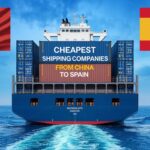
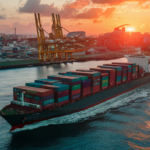
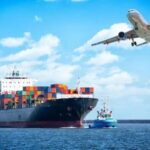


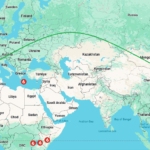




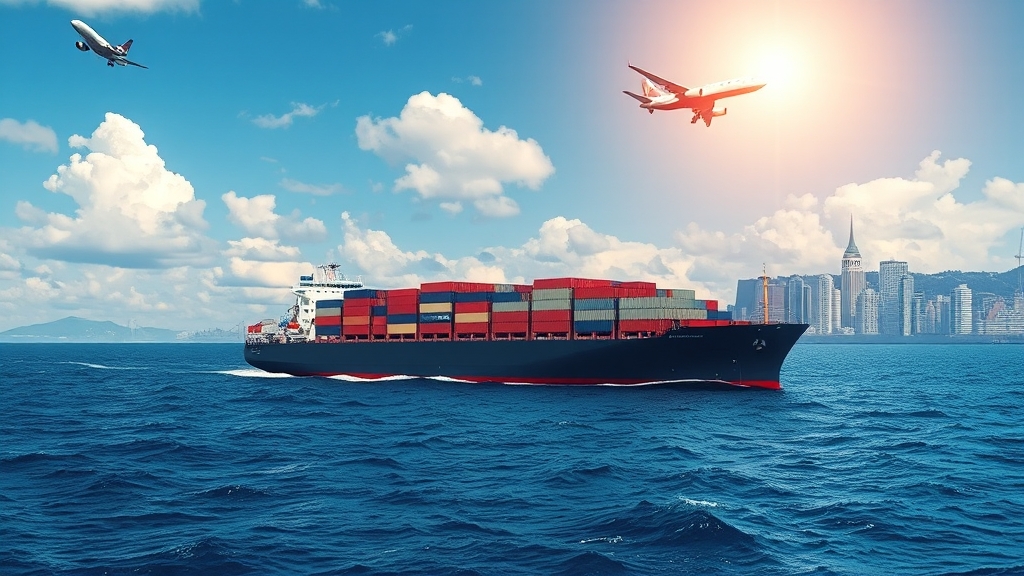

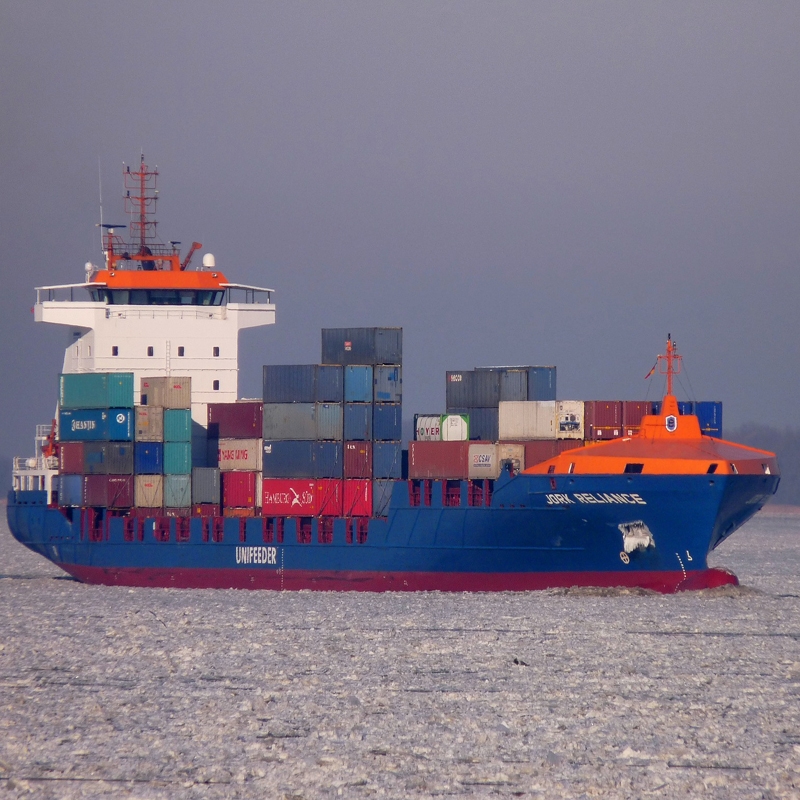
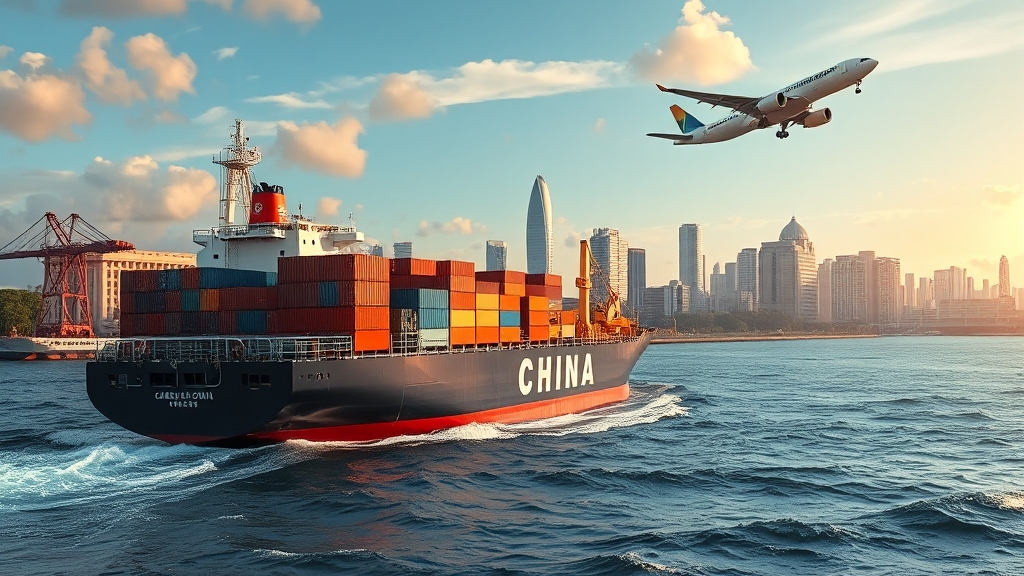
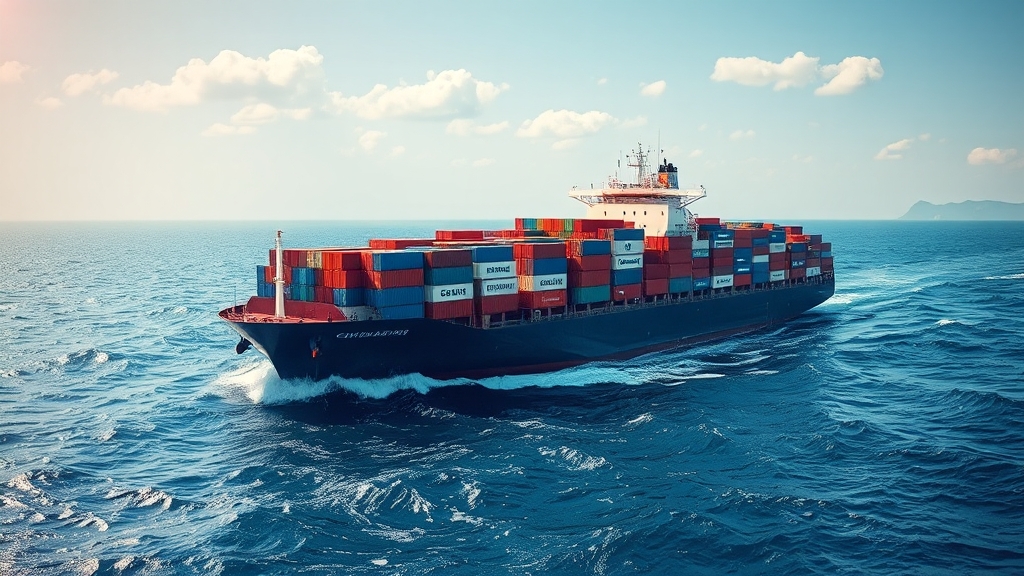





 Afrikaans
Afrikaans Shqip
Shqip አማርኛ
አማርኛ العربية
العربية Հայերեն
Հայերեն Azərbaycan dili
Azərbaycan dili Euskara
Euskara Беларуская мова
Беларуская мова বাংলা
বাংলা Bosanski
Bosanski Български
Български Català
Català Cebuano
Cebuano Chichewa
Chichewa 简体中文
简体中文 繁體中文
繁體中文 Corsu
Corsu Hrvatski
Hrvatski Čeština
Čeština Dansk
Dansk Nederlands
Nederlands English
English Esperanto
Esperanto Eesti
Eesti Filipino
Filipino Suomi
Suomi Français
Français Galego
Galego ქართული
ქართული Deutsch
Deutsch Ελληνικά
Ελληνικά Kreyol ayisyen
Kreyol ayisyen Harshen Hausa
Harshen Hausa Ōlelo Hawaiʻi
Ōlelo Hawaiʻi עִבְרִית
עִבְרִית हिन्दी
हिन्दी Hmong
Hmong Magyar
Magyar Íslenska
Íslenska Igbo
Igbo Bahasa Indonesia
Bahasa Indonesia Gaeilge
Gaeilge Italiano
Italiano 日本語
日本語 Basa Jawa
Basa Jawa ಕನ್ನಡ
ಕನ್ನಡ Қазақ тілі
Қазақ тілі ភាសាខ្មែរ
ភាសាខ្មែរ 한국어
한국어 كوردی
كوردی Кыргызча
Кыргызча ພາສາລາວ
ພາສາລາວ Latin
Latin Latviešu valoda
Latviešu valoda Lietuvių kalba
Lietuvių kalba Lëtzebuergesch
Lëtzebuergesch Македонски јазик
Македонски јазик Malagasy
Malagasy Bahasa Melayu
Bahasa Melayu മലയാളം
മലയാളം Maltese
Maltese Te Reo Māori
Te Reo Māori मराठी
मराठी Монгол
Монгол ဗမာစာ
ဗမာစာ नेपाली
नेपाली Norsk bokmål
Norsk bokmål پښتو
پښتو فارسی
فارسی Polski
Polski Português
Português ਪੰਜਾਬੀ
ਪੰਜਾਬੀ Română
Română Русский
Русский Samoan
Samoan Gàidhlig
Gàidhlig Српски језик
Српски језик Sesotho
Sesotho Shona
Shona سنڌي
سنڌي සිංහල
සිංහල Slovenčina
Slovenčina Slovenščina
Slovenščina Afsoomaali
Afsoomaali Español
Español Basa Sunda
Basa Sunda Kiswahili
Kiswahili Svenska
Svenska Тоҷикӣ
Тоҷикӣ தமிழ்
தமிழ் తెలుగు
తెలుగు ไทย
ไทย Türkçe
Türkçe Українська
Українська اردو
اردو O‘zbekcha
O‘zbekcha Tiếng Việt
Tiếng Việt Cymraeg
Cymraeg יידיש
יידיש Yorùbá
Yorùbá Zulu
Zulu